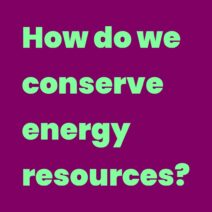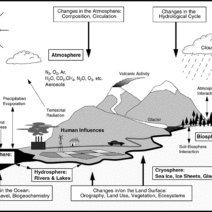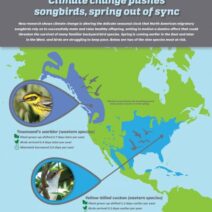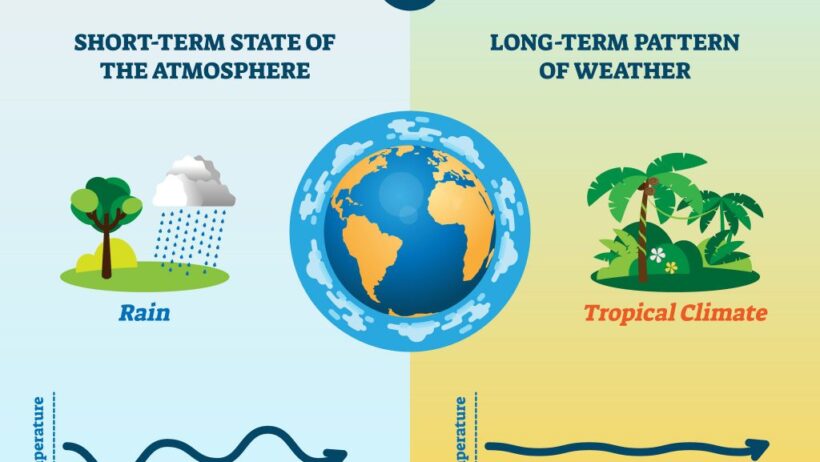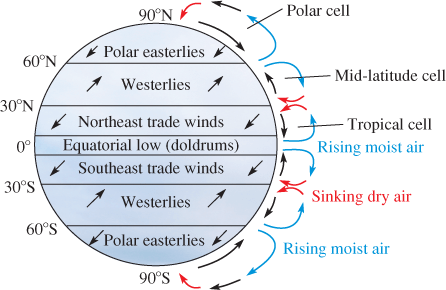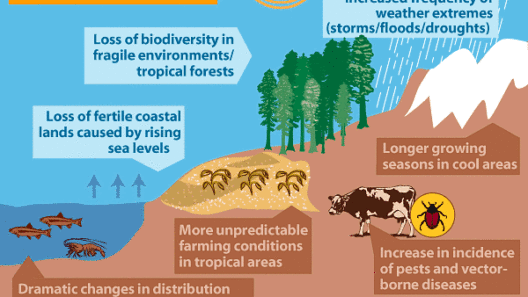As the world stands at the precipice of a climate crisis, nature’s tempestuous temperament looms larger than ever, seething beneath the surface like a dormant volcano waiting to erupt. Storms are becoming more vicious, their winds howl with a fury unmatched, and their rains drum relentlessly upon the earth, each drop a harbinger of the consequences of a warming planet. The interplay between climate change and more intense storms is a conundrum that encapsulates the struggles of our time—a siren call urging humanity to awaken from its slumber.
Climate change, akin to an unseen puppeteer, pulls the strings of nature’s violent performances. The increasing concentration of greenhouse gases in our atmosphere acts as a furnace, raising global temperatures. The result is a cascade of atmospheric changes, ripe for magnifying the wrath of storms. With every increment of warmth, the capacity of the atmosphere to store moisture enhances, allowing storms to draw from a greater reservoir of water vapor. This newfound potency transforms ordinary thunderstorms into torrential downpours and hurricanes into catastrophic tempests.
The phenomenon is not merely one of greater precipitation; it extends to a chilling paradox: as the oceans warm, they diffuse the energy that fuels storm systems, leading to more destructive phenomena. Hurricanes, once mere whispers of the wind, are now ferocious gales that deliver not just wind but an accompanying threat—the deluge. Storm surges, rising tides, and floods provoke a keen sense of urgency, as entire towns face the specter of inundation, washed away by the unrelenting embrace of rising waters.
Consider how warm waters operate like a magnet, inviting storms to intensify and prolong their touchdowns. When meteorological conditions align, these disturbances transform into formidable hurricanes. The consequences reverberate far beyond coastal lines, sending ripples across economies, ecosystems, and communities. Entire regions brace themselves, not merely for the immediate destruction but for the long-term repercussions that shape their destinies.
The frequency of these extreme weather events is surging. No longer are 100-year floods a statistical anomaly; they are the new normal, slipping through the fabric of our lives with alarming regularity. In the past decade alone, hurricanes like Harvey, Irma, and Maria have left indelible scars on cities such as Houston and New Orleans. Each storm serves as a grim testament to the amplified chaos that climate change imparts upon us. The stories of devastation echo like ghostly reminders, urging us to ponder the fateful trajectory that lies ahead.
Geopolitical tensions intertwine with meteorological patterns, creating a complex web of challenges. Rising sea levels, an eventuality of melting glaciers and thermal expansion, threaten island nations and coastal cities alike. Resource scarcity in the wake of erratic weather patterns fosters strife, as communities scramble for basic necessities. And in this gloomy landscape, storm forecasts morph from mere warnings to existential threats—reminders that our climate crisis transcends natural disaster, metamorphosing into a catalyst for human upheaval.
Yet, amid the chaos and despair, opportunities for resilience emerge. The modern era calls for a bold re-imagination of our response to these looming threats. Our societal framework must pivot towards sustainable practices, grounding our livelihoods in the principles of ecological stewardship. Innovating disaster preparedness protocols is paramount; retrofitting infrastructure, enhancing early warning systems, and developing community support mechanisms are essential components in our quest to withstand nature’s fury.
Restoring wetlands and mangroves—nature’s own defense systems—offers not just a buffer against storm surges but an ecological boon that enhances biodiversity. These natural fortresses absorb excess rainfall and stabilize coastlines, proving that harmony with nature is not merely desirable but essential. Regional planning must embrace the climate reality by re-evaluating land use, ensuring that vulnerable populations are shielded from the impact of extreme weather while fostering a greater communal responsibility.
The intersection of scientific advancement and grassroots activism kindles a flame of hope in the face of adversity. Whether it be through advancing renewable energy technologies or pushing for legislation that curtails emissions, every ounce of effort counts. Engaging communities in a conversation about mitigation and adaptation strategies transforms passive observers into active participants, igniting the flame of collective agency.
Looking forward, the narrative must shift from peril to possibility. It provides an opportunity to reconsider societal values, embracing resilience as the guiding ethos. A collective commitment to protecting the planet is essential, not an option. The climate crisis is unfolding, and while we have witnessed the ruin caused by storms, we also glimpse the potential for a future defined not by destruction, but by fortitude and unity. As the challenges mount, communities must band together, for in the face of the storm, it is solidarity that becomes our umbrella.
In conclusion, the powerful interplay between climate change and storm intensity is a clarion call for humanity. Nature is painting a picture of duality—destruction and resilience, despair and hope. The storms are a culmination of the choices made over decades. Yet, in this tumultuous age, they also offer a glimpse into the potential of transformative action. May we heed the warning and evolve before the next storm summons us to reckon with its fury.
